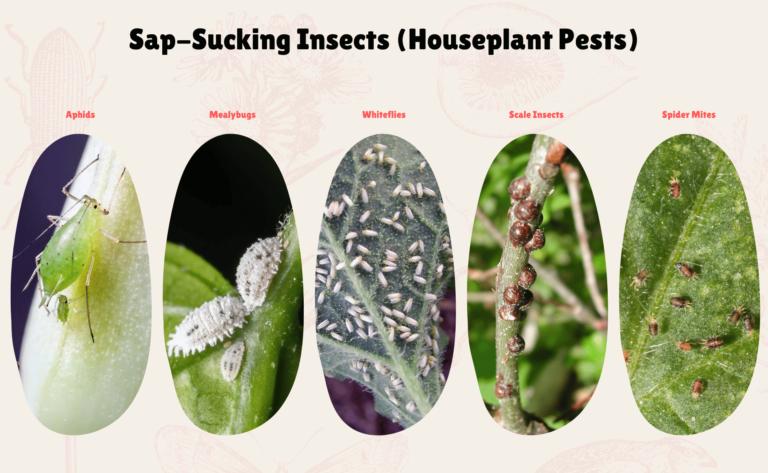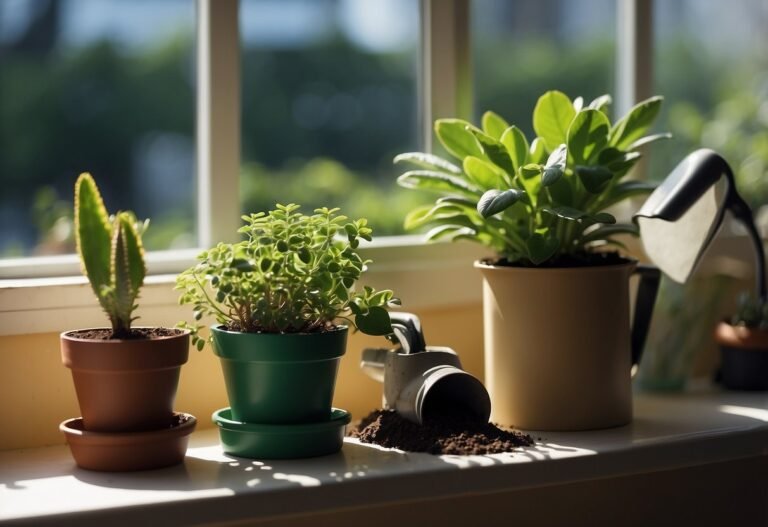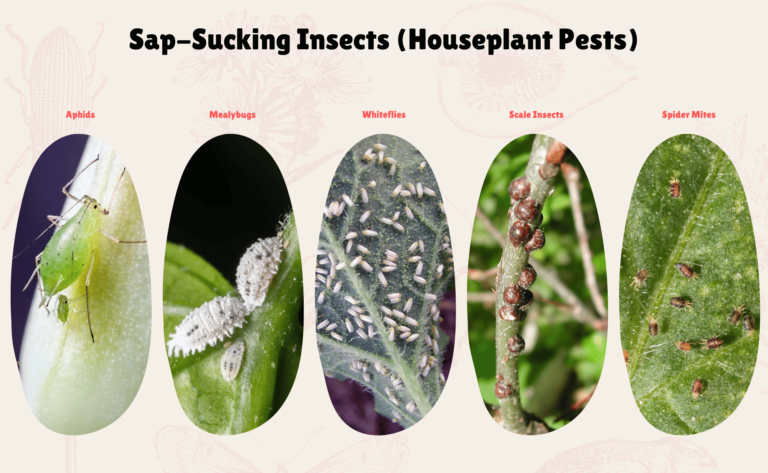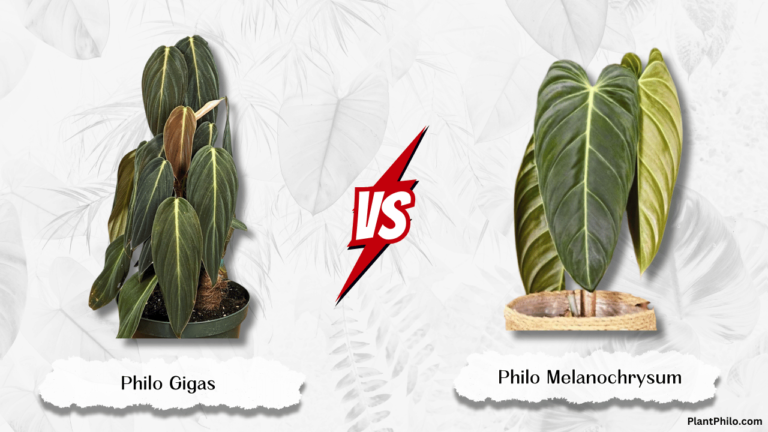Painted Lady Identification, Habitat, and Life Cycle Explained
When I think about butterflies, the Painted Lady immediately comes to mind for its unique story and beauty.
The Painted Lady is a butterfly species known for being the most widespread and for making impressive long-distance migrations across continents.
These migrations can cover thousands of miles, making the Painted Lady one of the most remarkable travelers in the insect world.

I find it fascinating that this butterfly can be spotted on almost every continent, as it adapts to many different places.
Its orange and black wings with white spots are easy to recognize, and watching them flutter by is always a highlight of my day.
To learn more about the Painted Lady’s habits and migration, you can visit the Butterfly Conservation page about the Painted Lady, or check out more scientific details at Vanessa cardui.
Painted Lady Butterfly Overview

I find the Painted Lady butterfly fascinating because of its unique wing patterns, worldwide range, and interesting life stages.
Its ability to migrate long distances and adapt to many places makes it stand out among butterflies.
Identification and Physical Characteristics
When I observe a Painted Lady butterfly, I notice its orange and brown wings, marked with black spots and some white patches near the tips.
These wings truly help me tell it apart from other butterflies.
The average wingspan is between five to nine centimeters, making it a medium-sized butterfly among other common species.
On the underside of the wings, I see a mix of brown, gray, and white, which helps it blend into its background when resting.
This pattern makes the butterfly less visible to predators.
Adult Painted Ladies also have large, compound eyes.
Their eyes let them see ultraviolet, blue, and green light, similar to how honey bees see their environment.
Global Distribution and Habitat
The Painted Lady butterfly, also known as Vanessa cardui, is found everywhere except Antarctica and South America.
I have read that it thrives across North America, Europe, Asia, and Africa.
This wide range is possible because the Painted Lady can live in many different places.
I often see them in gardens, fields, meadows, and even deserts.
They are not picky about the plants they use for laying eggs.
Painted Ladies especially like sunny areas with lots of flowers.
These butterflies are also known for long migrations.
In some years, they travel thousands of miles, creating large waves of butterfly movement in places like the UK, as reported by the Butterfly Conservation group.
Lifecycle and Development
The lifecycle of the Painted Lady begins when females lay eggs on the leaves of various host plants.
After a few days, caterpillars hatch from the eggs and start eating leaves.
I watch as they grow quickly, shedding their skin several times before forming a chrysalis, also called a pupa.
Inside the chrysalis, the caterpillar changes into an adult butterfly.
This transformation, called metamorphosis, usually takes about one to two weeks.
Adult Painted Ladies live for about two to four weeks.
During this time, they feed on nectar and look for mates to repeat the cycle.
Migration Patterns and Behavior

Painted Lady butterflies demonstrate unique migration habits shaped by environmental changes.
I observe that their feeding activity and roles in natural communities reflect how they adapt to shifting climates and habitats.
Seasonal Movements
I find that unlike Monarchs, Painted Lady butterflies migrate in a more irregular pattern.
Their migration does not occur every year with the same intensity.
Instead, large movements depend on weather conditions like wind patterns, rainfall, and food availability.
The migration can cover thousands of miles, sometimes from North Africa to Europe, or across North America.
During spring, I typically see them move north as temperatures rise.
In autumn, some Painted Ladies fly south at high altitudes, so they are not always visible to people on the ground.
This behavior has made documenting their migratory routes a challenge for scientists.
According to Butterfly Conservation, their return journey often happens at heights that keep them out of sight and makes the event easy to miss for casual observers.
The variation in migration from year to year is notable.
Some years see huge numbers of Painted Ladies migrating together, while in other years, their movement is much smaller or does not occur at all.
Researchers discovered their migration is influenced more by environmental cues, like changes in temperature and food supply, than by genetic programming.
More details are at Painted Lady Butterfly Migration Driven by Environment.
Feeding Habits
Feeding is a major part of the Painted Lady’s daily activity.
I see that adults prefer nectar from a wide variety of flowering plants, such as thistles, asters, and sunflowers.
This varied diet helps them survive in many different environments and supports their long migrations.
Painted Lady larvae, or caterpillars, eat the leaves of plants in the daisy and sunflower families.
This broad range of host plants gives the butterflies flexibility in where they can live and breed.
The availability of these plants due to rainfall or climate conditions can affect how and when Painted Ladies migrate.
If food sources are abundant along their path, the butterflies can travel greater distances and support larger populations.
During migration, Painted Ladies may stop at feeding sites along the way.
This refueling process is crucial for their energy and survival, allowing them to continue traveling for hundreds or even thousands of miles as needed.
Interaction With Ecosystems
Painted Lady butterflies play a significant role in the ecosystems they pass through.
By moving pollen from flower to flower, I see that they help many types of plants reproduce.
Their wide migratory range means they contribute to pollen transfer across large geographic areas.
The butterflies also serve as a food source for birds, spiders, and other insects, making them an important part of the food web.
In years with especially large migrations, the sudden boom in Painted Lady numbers provides extra nourishment for predators in their path.
Painted Ladies help keep plant populations healthy through their feeding activities, and their larvae can influence which plants are most common in an area.
Their migratory habits can even affect ecosystems far from where they were born, such as when huge numbers suddenly arrive and interact with local species.
Their flexible and responsive migration means Painted Ladies can quickly exploit new habitats created by natural disasters, farming, or climate changes.
Painted Lady in Gardening and Conservation
I often find that Painted Lady butterflies add both beauty and value to gardens.
Their presence can benefit pollination, encourage natural cycles in yard spaces, and highlight the importance of protecting butterflies in changing environments.
Role in Pollination
Painted Lady butterflies play a useful part in pollinating flowers.
I have noticed they visit a wide range of plants, feeding on nectar from blooms such as thistle, asters, and marigolds.
While gathering nectar, Painted Ladies help move pollen between flowers, aiding in the growth of fruits and seeds.
Their ability to travel long distances means they connect plants across regions.
This butterfly has been recorded on every continent except Australia and Antarctica, making its pollination services widespread.
Painted Lady butterflies often favor gardens with open, sunny areas full of different flowers.
When I include a variety of colorful blooms, the chance of seeing these butterflies grow.
Even though bees are the main pollinators, Painted Lady butterflies are important for wildflowers and some crops.
Their activity can boost plant diversity and support local food webs.
Attracting Painted Lady Butterflies
I can attract Painted Ladies to my garden by planting nectar-rich flowers and providing the right host plants for their caterpillars.
These butterflies prefer open, dry spaces and can thrive in gardens, parks, and even along roadside plantings.
Key nectar flowers include:
- Thistle
- Cosmos
- Zinnias
- Asters
For their larvae, host plants such as mallow, hollyhocks, and sunflowers are especially helpful.
I try to avoid pesticides and use practices that support a healthy habitat.
Shallow water dishes and flat stones for sunbathing can also make a garden more welcoming.
Painted Lady butterflies are easy to spot from spring to fall.
I find their presence helps pollinate many flowers and brings movement to the landscape.
Creating an inviting space encourages both adult butterflies and their next generation to visit.
Conservation Concerns
Painted Lady butterflies face challenges from habitat loss, climate change, and pesticide use.
Urban development and changing farming methods can reduce the open fields and wild plants they depend on for food and breeding.
I have seen that in some regions, migration patterns are affected by sudden weather changes and drought.
Conservation efforts focus on planting native flowers, reducing pesticide use, and protecting open areas.
Gardens, parks, and greenways play a role in supporting their life cycle.
Painted Lady populations can fluctuate greatly from year to year, often depending on the climate in their home ranges.
Taking steps to improve local gardens and wild patches is a practical way I support butterfly conservation.
Even small changes, like planting more nectar flowers, help Painted Lady butterflies thrive.
Frequently Asked Questions
I focus here on recognizing Painted Lady butterflies, their plant care, life stages, and classification.
I also look at Helen Mirren’s roles and the meanings behind Painted Lady tattoos.
How can you identify a Painted Lady butterfly?
I can identify a Painted Lady butterfly by its orange wings with black and white spots.
The undersides of the wings have brown, gray, and blue eye spots.
Painted Ladies are medium-sized and are known for their long migrations.
Their scientific name is Vanessa cardui.
What is the botanical care guide for a Painted Lady plant?
I recommend that a Painted Lady plant, commonly known as Tradescantia or Echeveria ‘Painted Lady’, needs bright, indirect sunlight.
I make sure the soil is well-drained and let it dry between waterings.
I avoid overwatering, which can lead to root rot.
What are the stages of the Painted Lady caterpillar’s life cycle?
The life cycle starts as an egg, which hatches into a caterpillar.
The caterpillar becomes a chrysalis, also called a pupa.
Finally, the adult butterfly emerges.
Painted Lady butterflies can fly up to 20 miles per hour, and I find their transformation process fascinating.
More details can be found in these Painted Lady butterfly facts.
Which movies has Helen Mirren starred in, similar to ‘Painted Lady’?
Helen Mirren starred in the TV miniseries “Painted Lady” from 1997.
She has also appeared in films like “The Queen,” “Gosford Park,” and “The Madness of King George.”
I notice that many of her roles are dramatic and complex, much like her performance in “Painted Lady.”
What is the taxonomy and classification of the Painted Lady species?
I identify the Painted Lady butterfly as Vanessa cardui.
It belongs to the family Nymphalidae and the order Lepidoptera.
This species is found worldwide on every continent except Antarctica.
What are the symbolic meanings associated with Painted Lady tattoos?
Painted Lady tattoos often symbolize transformation, endurance, and beauty.
I see them chosen for their vibrant colors and the theme of personal change.
Their migratory nature is sometimes seen as a symbol of resilience and adaptability.




